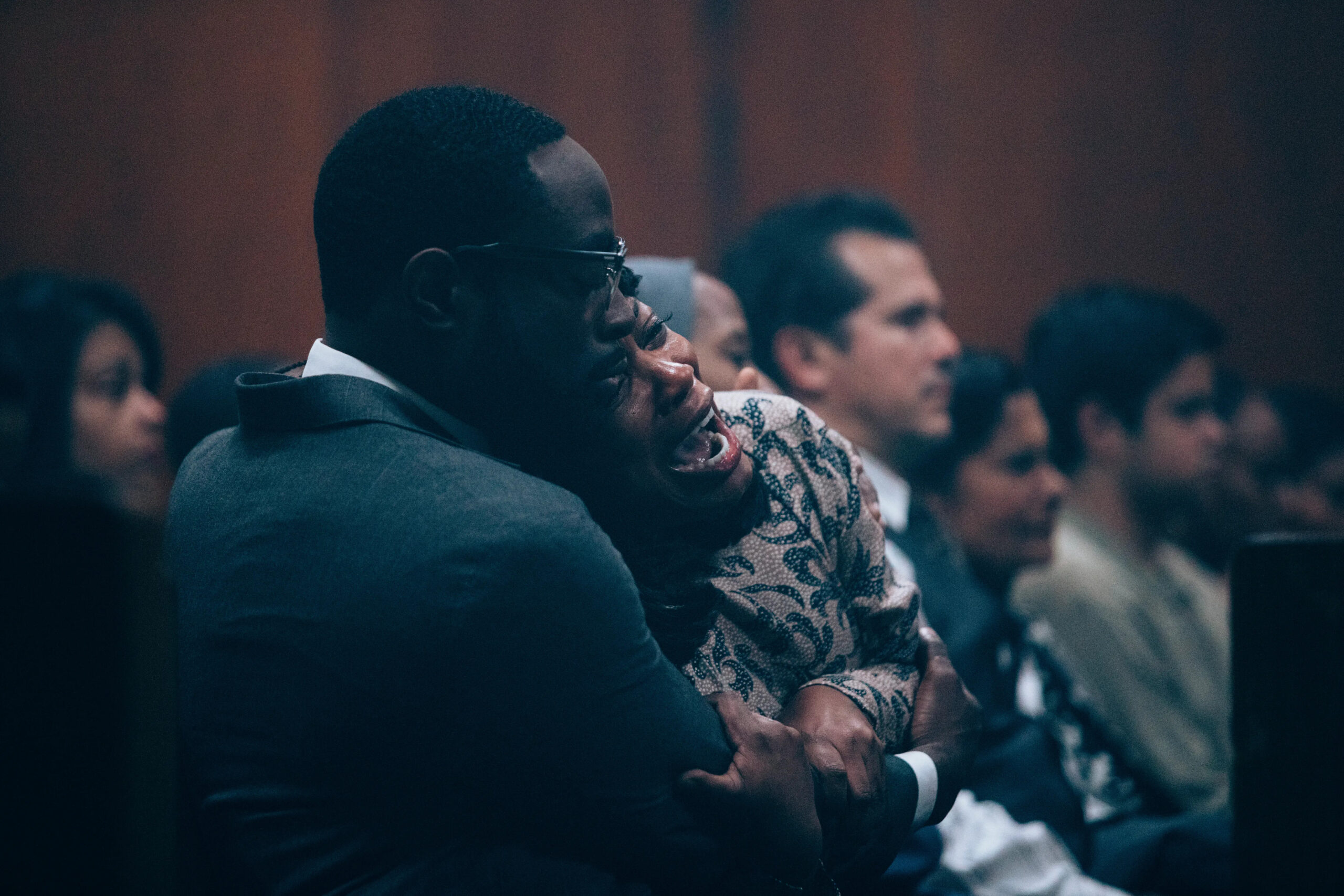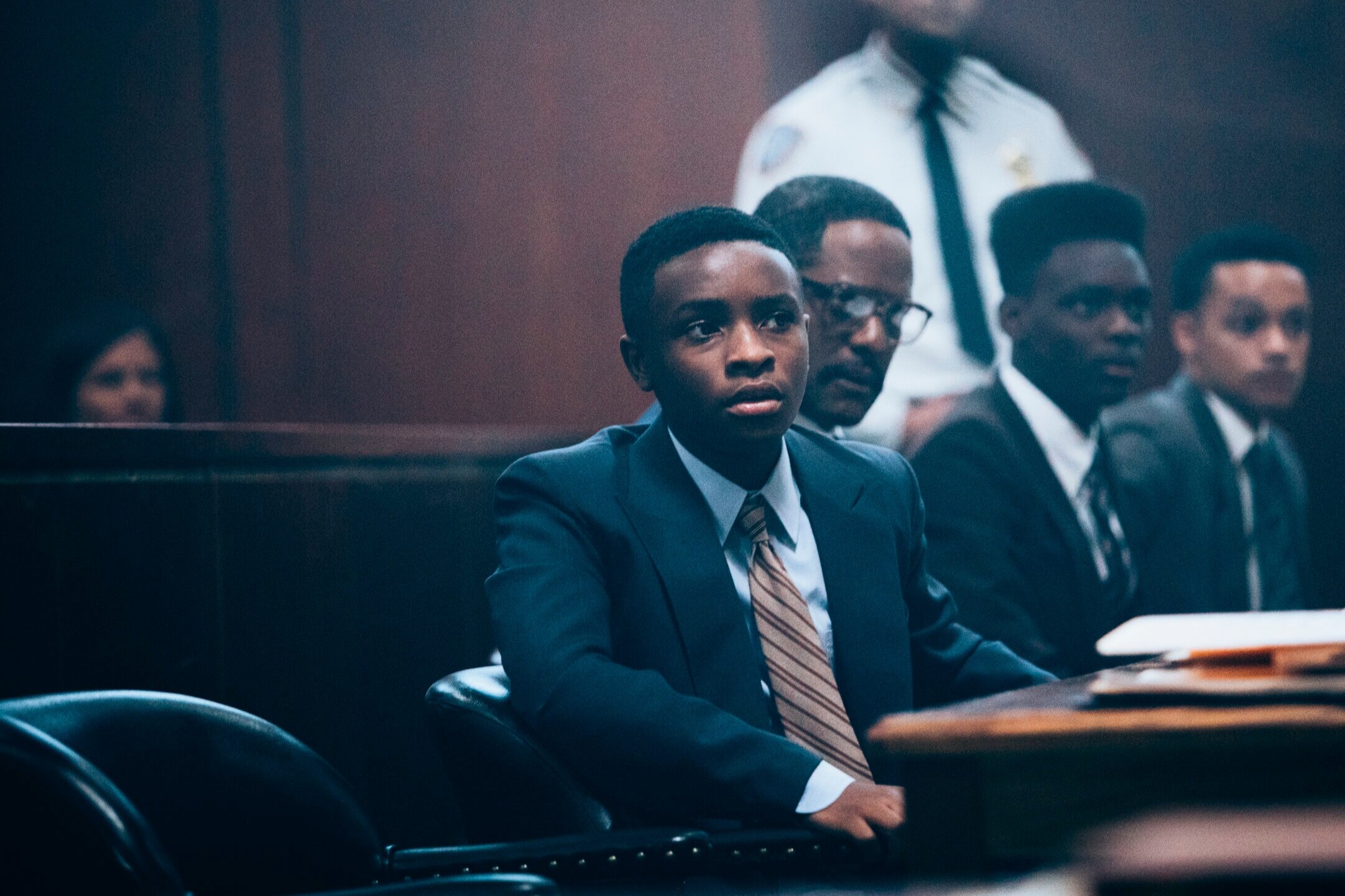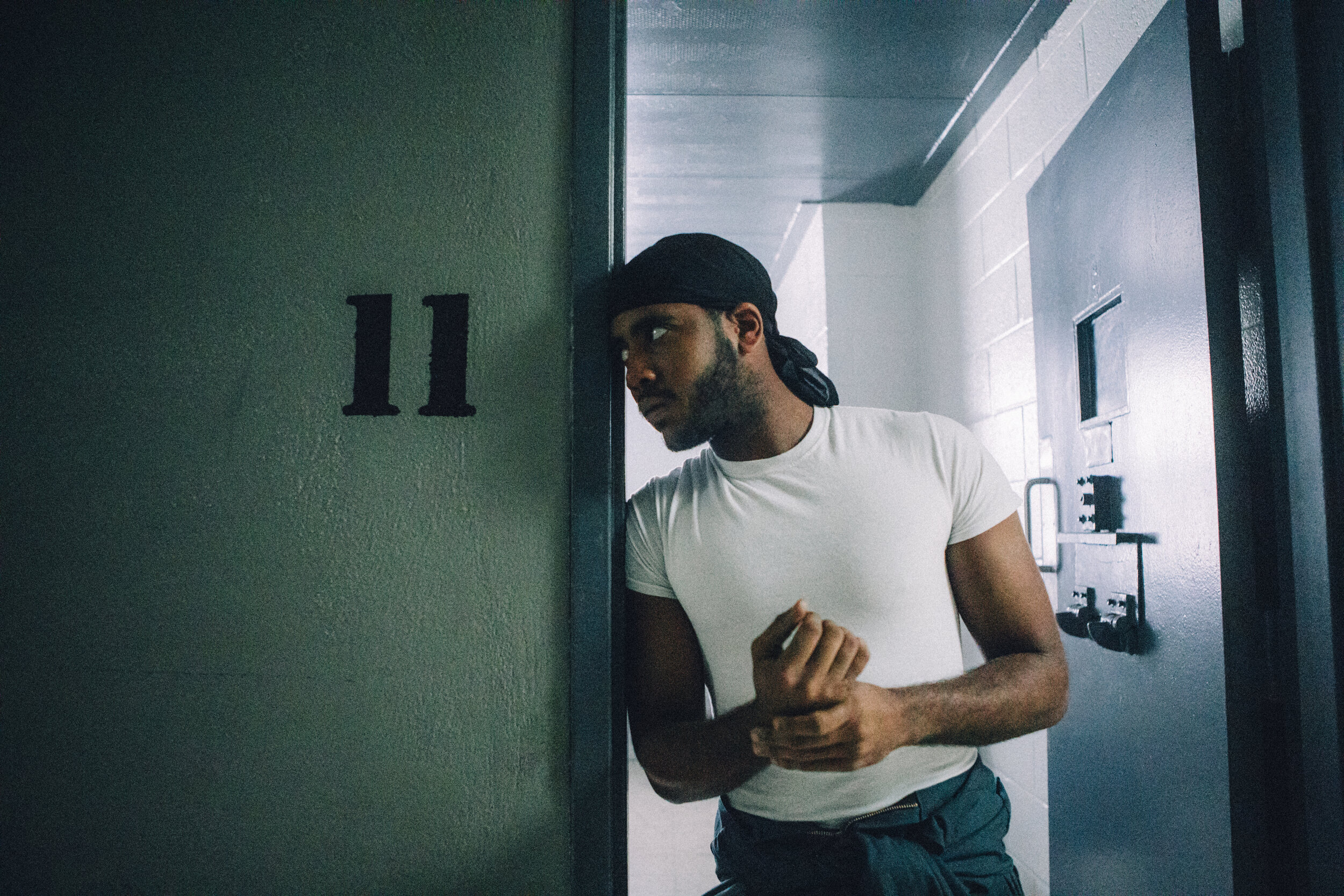Key themes
Rights, Power and Humanity
- The criminal justice system sometimes strips people of the very rights afforded to them under the U.S. Constitution, disproportionately targeting poor people and people of color.
- Families can assert their power when they learn the ins and outs of America’s criminal justice system.
- Bias by the media is real and tangible. Racial bias in reporting is dehumanizing.
Learning Objectives
+ Key Points
Evaluate the role of the media during early coverage of the case, and learn how to detect media bias.
Sometimes in a frenzy to report and in response to the anxieties of the time, the media exudes racial bias that influences how the public perceives the innocence and guilt of individuals. This public perception greatly impacted the cases of The Exonerated Five.
Key themes
Rights, Power and Humanity
- The criminal justice system sometimes strips people of the very rights afforded to them under the U.S. Constitution, disproportionately targeting poor people and people of color.
- Families can assert their power when they learn the ins and outs of America’s criminal justice system.
- Bias by the media is real and tangible. Racial bias in reporting is dehumanizing.
Learning Objectives + Key Points
Evaluate the role of the media during early coverage of the case, and learn how to detect media bias.
Sometimes in a frenzy to report and in response to the anxieties of the time, the media exudes racial bias that influences how the public perceives the innocence and guilt of individuals. This public perception greatly impacted the cases of The Exonerated Five.

EPISODE I
Recap
Episode One of WHEN THEY SEE US begins in Harlem on April 19, 1989. It is a warm spring evening when teenagers Antron McCray, Kevin Richardson, Korey Wise, Raymond Santana Jr. and Yusef Salaam decide to hang out with friends and neighbors in New York’s Central Park. The night and days that follow take a surreal turn when all five teens are arrested, interrogated and, as they have recounted, coerced into confessing to the vicious attack of Patricia Meili in the park.
EPISODE I
Activity
Bringing Minor Characters to Life
Participants will compose a scene or story featuring a minor fictional character who could have changed the course of the investigation of The Exonerated Five.
Objective
Evaluate the role of the media during early coverage of the case, and learn how to detect media bias.
Ideal Settings
Bringing Minor Characters To Life works well in both individual and group settings. The activity can be done in a casual environment or structured classroom, including online settings. It can also be used as an assignment completed outside of class and shared at a later time.
Time
Prepare to spend up to 60 minutes on this activity.
Materials
Equipment to view Episode One, pen, paper or computer.
Reflection Questions
- Yusef’s mother wanted to leverage the media to shine a light on the injustices suffered by her son.
- She also used media as a bargaining chip to gain access to her son in the interrogation room.
- Did the parents of other teens use media to their advantage? What might have impacted their decision?
- How do power and wealth impact access to media? How do power and wealth affect your ability to tell your story?
- What is your unique lens? How might your personal perspective and context impact your storytelling?
Reflection Questions
- Yusef’s mother wanted to leverage the media to shine a light on the injustices suffered by her son.
- She also used media as a bargaining chip to gain access to her son in the interrogation room.
- Did the parents of other teens use media to their advantage? What might have impacted their decision?
- How do power and wealth impact access to media? How do power and wealth affect your ability to tell your story?
- What is your unique lens? How might your personal perspective and context impact your storytelling?

During the trial of The Exonerated Five, reporters not only reported the facts of the case, but also took liberties of inserting opinions, mischaracterizing the accused and reporting unsubstantiated claims.
This activity asks participants to recreate history through storytelling, using a New York City newspaper office as their backdrop.
Class Discussion
The classroom is now a New York City newspaper office on April 20, 1989, the day after the brutal attack, with employees such as reporters, analysts, researchers and photographers coming and going as they all try to report on the Central Park Jogger case.
Explain to participants that the minor characters in literature help spur the main character through the story, and their seemingly innocuous choices often set the course of events.
This activity encourages participants to explore and create a minor character in the newsroom who could have had an impact on the path of events for The Exonerated Five.
FOR EXAMPLE:
- A news reporter sees the term “wilding” and then challenges her coworker when he tries to publish the article.
- A photographer decides to run the photo of Yusef’s school photo instead of his mugshot.
- A family member reaches out to a reporter with details that are very different from what has been reported by the police.
- A teacher visits the newsroom to advocate for Korey.
- A researcher on staff lives in Harlem and has inside information he wants to share.
Think and write from a minor character’s perspective; create their world. Create a short story, a monologue, a comic strip, a meme, a musical performance, a sketch, an animation or a drawing — or use another storytelling device. All participants present their work to the group.
Encourage participants to adhere to the time allotment:
- 5 minutes to plan
- 20 minutes to compose
- 35 minutes to share
Continued Discussion
Seeing Myself In The System
What systemic issues in media bias are uncovered in the film, and what is my role in ensuring proper reporting on social media and by my local news channels?
The Cycle Continues
What is happening in the world right now, or in the last five years, that reflects the media bias shown in this episode?
Disrupting Injustice
Only 23% of America’s 8th graders are proficient in social studies, which makes it easier for news agencies to persuade American viewers. What actions can I take to fight unfair reporting as shown in this episode?
EPISODE I
Digging Deeper
- Lesson Plan: Decoding Media Bias, PBS
- Making Sense of the News: News Literacy Lessons for Digital Citizens
- Reliability of Sources by Eastern Michigan University
- News Literacy Project - News Lit Quiz
- News Literacy Project - Resources for Educators
- Race Forward: The Center for Racial Justice Innovation - Race Reporting Guide


